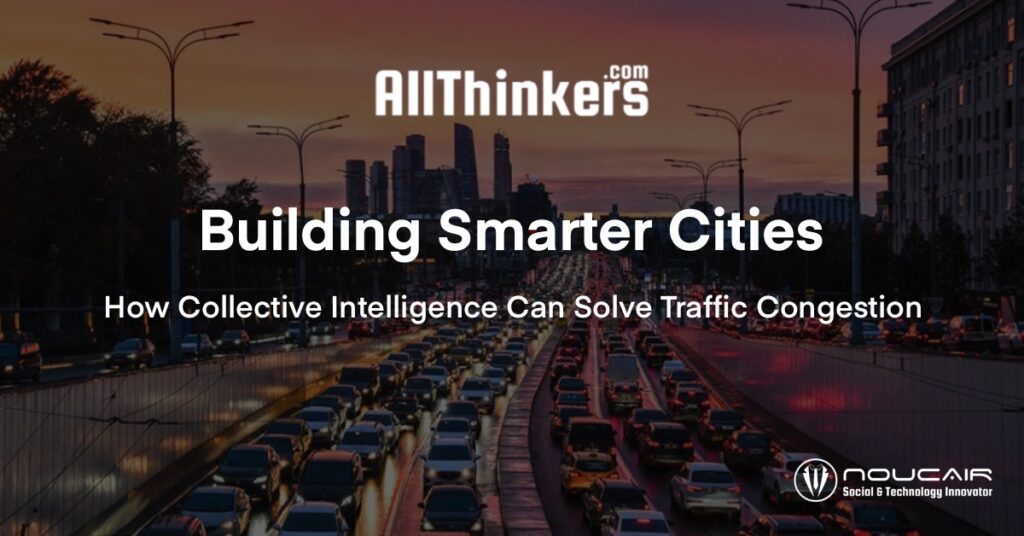How Collective Intelligence Can Solve Traffic Congestion
Traffic congestion is a growing concern in cities worldwide, impacting daily commutes, economic productivity, and environmental sustainability. Traditional approaches to traffic management often rely on top-down solutions, such as expanding road infrastructure, which can be costly and may not always address the root causes of congestion. A more promising approach is to embrace collective intelligence, harnessing the wisdom and creativity of the community to develop innovative and effective solutions.
Challenges of Traffic Congestion
- Increased Commuting Times: Traffic congestion leads to longer travel times, impacting productivity and increasing stress levels for commuters.
- Environmental Impact: Increased vehicle emissions contribute to air pollution and climate change.
- Economic Costs: Congestion can negatively impact businesses, reduce economic competitiveness, and increase the cost of goods and services.
- Social Equity: Traffic congestion can disproportionately affect low-income communities and those with limited access to transportation options.
Leveraging Collective Intelligence for Solutions
- Citizen Science Initiatives:
- Traffic Data Collection: Engage citizens in collecting traffic data using mobile apps, GPS devices, or even simple observation methods. This crowdsourced data can provide valuable insights into traffic patterns, congestion hotspots, and the effectiveness of existing traffic management measures.
- Citizen-Generated Solutions: Encourage citizens to propose and develop innovative solutions to traffic congestion, such as community-based carpooling programs, bike-sharing initiatives, or alternative transportation options.
- Participatory Planning Processes:
- Public Workshops and Forums: Organize workshops and forums to discuss traffic concerns, gather community input, and develop collaborative solutions.
- Online Platforms: Utilize online platforms and social media to facilitate discussions, share ideas, and gather feedback from a wider range of stakeholders.
- Data-Driven Decision Making:
- Traffic Modeling and Simulation: Use data collected through citizen science initiatives and other sources to develop traffic models and simulations that can predict the impact of different transportation policies and interventions.
- Real-time Traffic Information Systems: Implement real-time traffic information systems that provide drivers with accurate and up-to-date information on traffic conditions, enabling them to make informed travel choices.
Examples of Collective Intelligence in Action:
- The City of Barcelona’s “Superblocks” initiative: This project involved extensive public consultation and citizen participation in the design of new urban spaces that prioritize pedestrians and cyclists, reducing the reliance on private vehicles.
- The “Waze” navigation app: This popular app relies on crowdsourced traffic data provided by its users to provide real-time traffic information and optimize routes.
Conclusion
By embracing a collective intelligence approach, cities can move beyond traditional, top-down solutions to traffic congestion and develop more effective, sustainable, and equitable transportation systems. By harnessing the wisdom and creativity of their citizens, cities can create a more livable and sustainable urban environment for all.
Call to Action
I encourage you to share your thoughts and experiences with traffic congestion in your city. What are the biggest challenges you face? What innovative solutions have you seen implemented? How can we leverage collective intelligence to create a more efficient and sustainable transportation system for the future?


